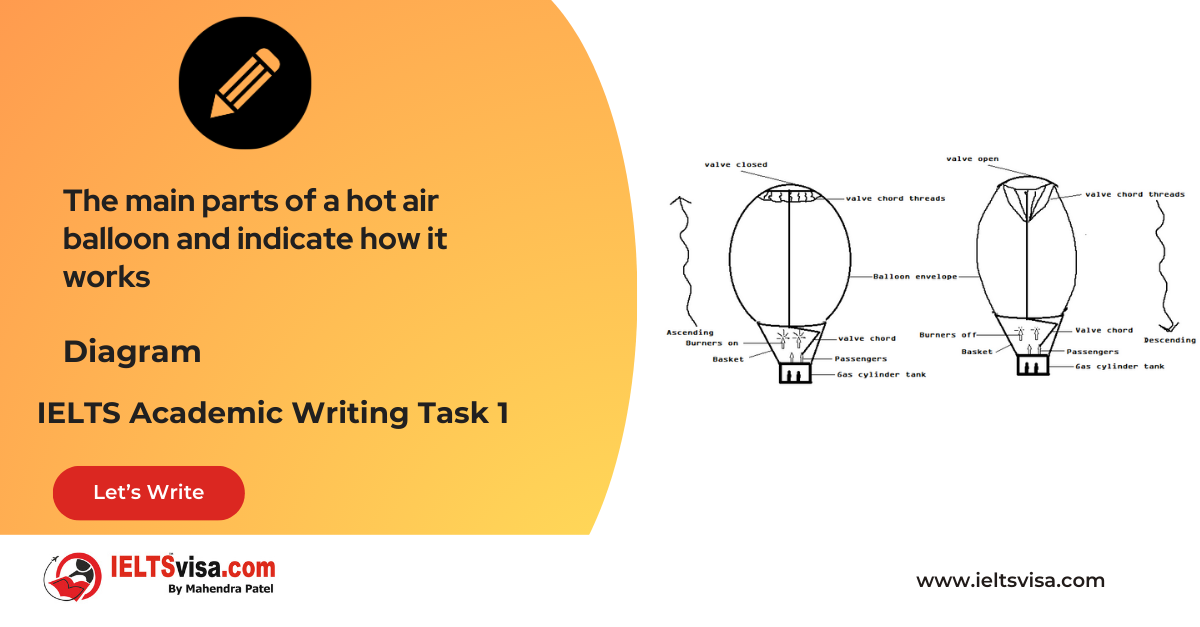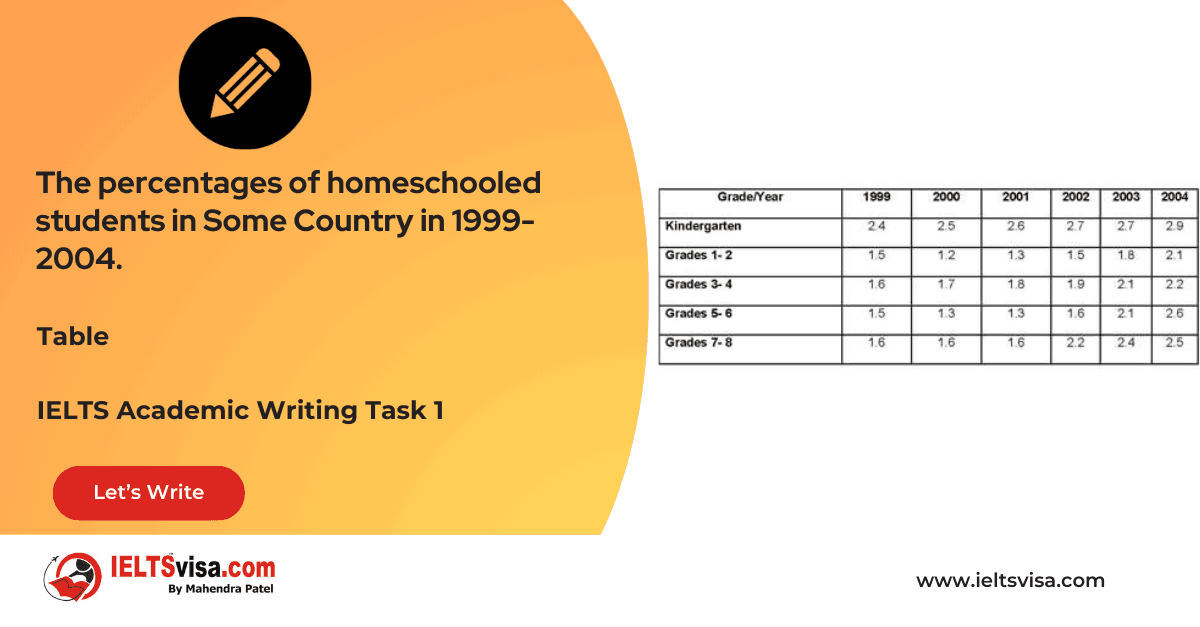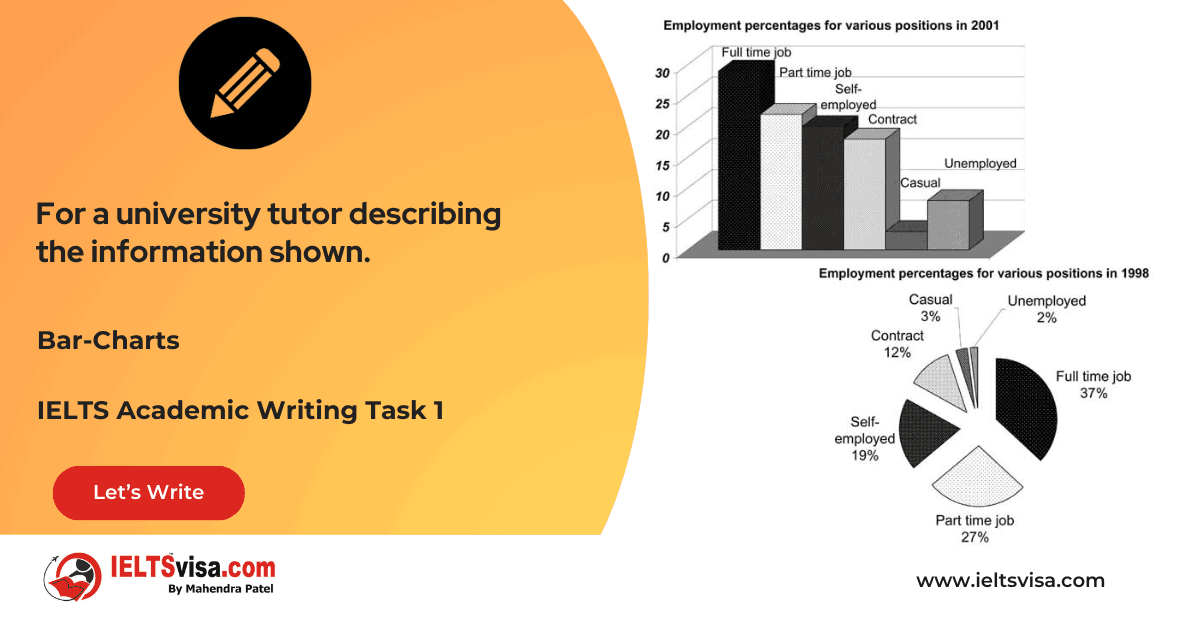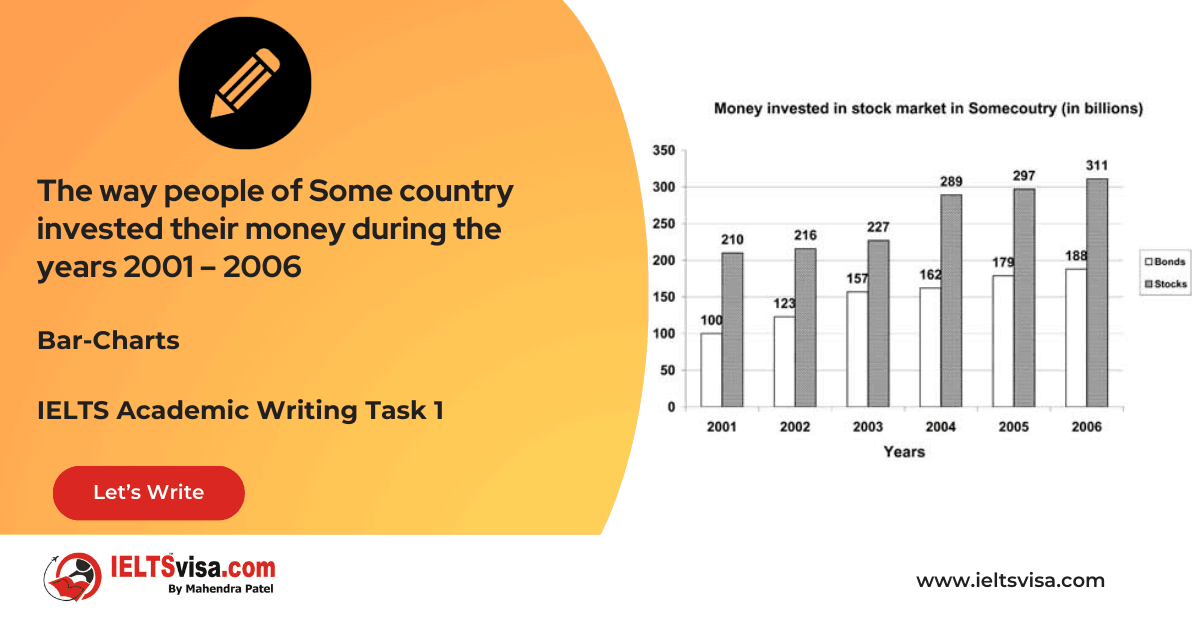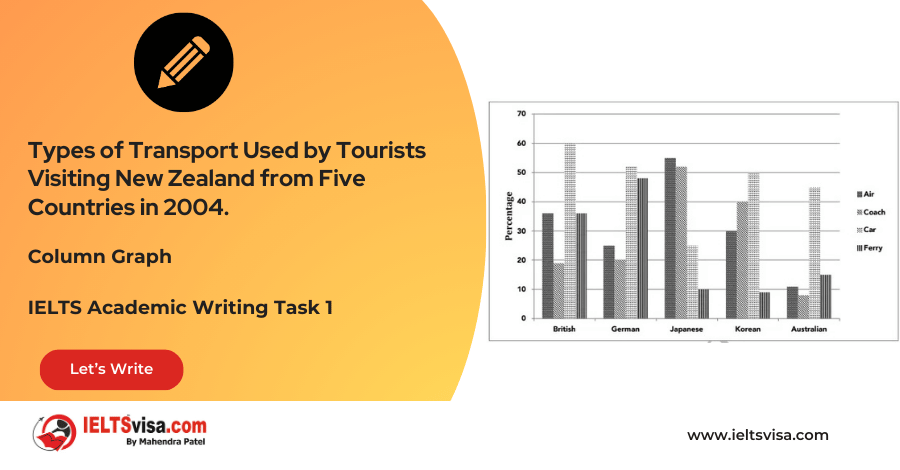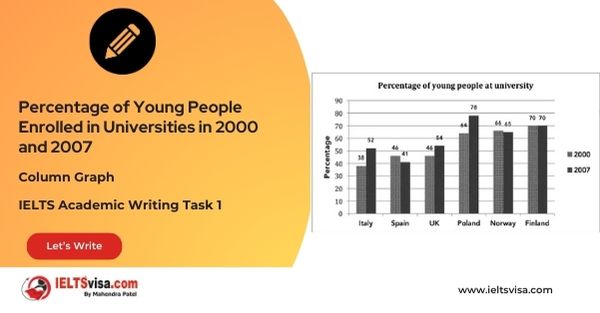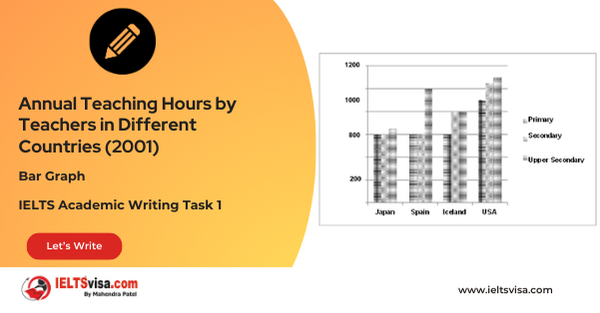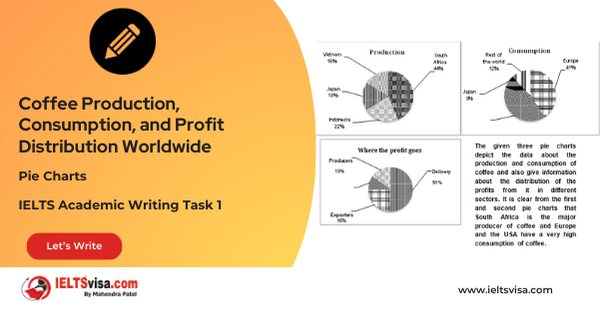Using Transition Signals to Link Stages Together
ProcessesIELTS Academic Writing Task 1
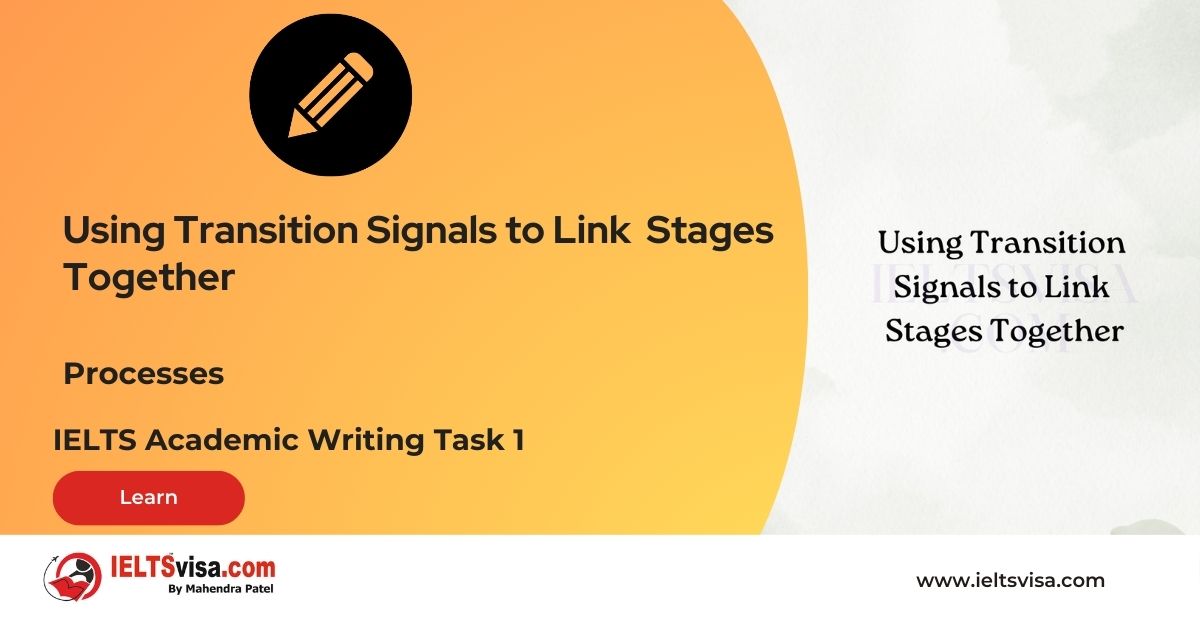
In the IELTS Academic Writing Task 1, candidates often encounter diagrams or flowcharts representing processes.
Describing these processes effectively requires the use of appropriate transition signals to establish connections and create a coherent description. Transition signals help to link the stages together, indicating the flow and relationship between each step.
This article will explore the importance of using transition signals and provide examples and sample answers.
1. Importance of Transition Signals:
Transition signals play a vital role in maintaining the logical flow of the description. They help the reader understand the sequence of stages and how they are interconnected. By using appropriate transition signals, you can create a smooth and cohesive description that is easy to follow. Here are some commonly used transition signals for processes:
• Firstly
• Secondly
• Additionally
• Moreover
• Furthermore
• In addition
• Next
• Then
• Afterward
• Finally
• In conclusion
Examples of Transition Signals in Use:
Example:
The Water Purification Process Firstly, raw water is drawn from the source and directed to the treatment facility through an intake pipe. Secondly, the water undergoes a preliminary filtration process to remove large debris and sediments. Additionally, it passes through a series of chemical treatments to eliminate impurities. Moreover, the water is disinfected using ultraviolet light or chlorine. Furthermore, the treated water is then stored in tanks before being distributed to consumers. In conclusion, the water purification process involves several stages to ensure the supply of clean and safe drinking water.
In this example, transition signals such as “firstly, secondly, additionally, moreover, furthermore, in conclusion” are used to connect the stages and provide a clear overview of the water purification process.
Sample Answer:
The given diagram illustrates the process of chocolate manufacturing.
The process involves four main stages linked together using appropriate transition signals.
Firstly, cocoa beans are harvested from the trees and collected in baskets by farmers. Secondly, the beans undergo a fermentation process to develop their flavours. Additionally, they are spread out to dry under the sun. Moreover, the dried beans are roasted to enhance their taste. Furthermore, the roasted beans are winnowed to remove the outer husks and obtain the cocoa nibs.
In the next stage, the nibs are ground into a chocolate liquor paste. Then, this paste undergoes further processing to separate cocoa solids from cocoa butter. Afterwards, the cocoa solids and cocoa butter are combined in different proportions to create various types of chocolate.
Finally, the chocolate is moulded into bars, packaged, and prepared for distribution.
Using transition signals establishes a clear connection between each stage, allowing for a coherent and well-organized description of the chocolate manufacturing process.
In conclusion, transition signals are essential in describing processes in IELTS Academic Writing Task 1. Transition signals help create a smooth and logical flow, guiding the reader through the process stages.
Practice incorporating these signals into your writing to ensure a cohesive and coherent description that effectively communicates the progression of the process.




Our Books
Master IELTS Speaking Part 1
IELTS Writing Task 1 Book
IELTS Writing Task 2 Book
Practice IELTS Other Modules
IELTS Listening
The IELTS Listening test assesses how well you can understand spoken English in various contexts. It lasts about 30 minutes and is divided into four sections with a total of 40 questions. The listening tasks become increasingly difficult as the test progresses.
IELTS Academic Reading
The IELTS Academic Reading section assesses your ability to understand and interpret a variety of texts in academic settings. It is designed to evaluate a range of reading skills, including skimming for gist, reading for main ideas, reading for detail, understanding inferences, and recognizing a writer's opinions and arguments.
IELTS Speaking
The IELTS Speaking test assesses your ability to communicate in English on everyday topics. It lasts 11-14 minutes and consists of three parts: introduction, cue card, and a discussion based on the cue card topic.
IELTS General Reading
IELTS General Reading tests your ability to understand and interpret various types of texts. Here are some key areas and types of content you can expect to encounter in the reading section, along with tips for effective preparation.
IELTS Academic Writing Task 1
In IELTS Academic Writing Task 1, you are presented with a visual representation of information, such as graphs, charts, tables, or diagrams, and you are required to summarize, compare, or explain the data in your own words.
IELTS General Writing Task 1
In IELTS General Writing Task 1, you are required to write a letter based on a given situation. The letter can be formal, semi-formal, or informal, depending on the prompt. Here’s a breakdown of the key components to include in your letter
IELTS Academic Writing Task 2
In IELTS Academic Writing Task 2, you are required to write an essay in response to a question or topic. Here’s a guide to help you understand the essential elements of this task
IELTS Exam Tips
To succeed in the IELTS exam, practice regularly, familiarize yourself with the test format, improve your vocabulary, develop time management skills, and take mock tests to build confidence.
Grammer for IELTS
Grammar is the foundation of effective communication in English. Understanding tense usage, subject-verb agreement, and sentence structure enhances clarity and coherence in writing and speaking.
Vocabulary for IELTS
Vocabulary plays a crucial role in the IELTS (International English Language Testing System) exam, especially in the Speaking and Writing sections. Here’s an overview of why vocabulary is important and how it impacts your performance
RECENT IELTS SAMPLES QUESTIONS AND ANSWERS
Task 1 – Diagram – A conference hall built in 1981 and planned for 2020
20:00 Start Pause Stop [df_adh_heading title_infix="IELTS Writing Task 1 Question" use_divider="on"...
Task 1 – Table – The percentages of homeschooled students in Some Country in 1999-2004.
20:00 Start Pause Stop [df_adh_heading title_infix="IELTS Writing Task 1 Question" use_divider="on"...
Task 1 – Table – For a university tutor describing the information shown.
20:00 Start Pause Stop [df_adh_heading title_infix="IELTS Writing Task 1 Question" use_divider="on"...
Task 1 – Bar-Charts – The way people of Some country invested their money during the years 2001 – 2006
20:00 Start Pause Stop [df_adh_heading title_infix="IELTS Writing Task 1 Question" use_divider="on"...
Task 1 – Diagram – Rainwater Harvesting and Conversion to Drinking Water in an Australian Town.
20:00 Start Pause Stop [df_adh_heading title_infix="IELTS Writing Task 1 Question" use_divider="on"...
Task 1 – Column graph – Percentage of Young People Enrolled in Universities in 2000 and 2007.
20:00 Start Pause Stop [df_adh_heading title_infix="IELTS Writing Task 1 Question" use_divider="on"...
Task 1 – Bar Graph – Annual Teaching Hours by Teachers in Different Countries (2001)
20:00 Start Pause Stop [df_adh_heading title_infix="IELTS Writing Task 1 Question" use_divider="on"...
Task 1 – Pie Charts – Coffee Production, Consumption, and Profit Distribution Worldwide
20:00 Start Pause Stop [df_adh_heading title_infix="IELTS Writing Task 1 Question" use_divider="on"...
Task 1 – Column graph – Types of Transport Used by Tourists Visiting New Zealand from Five Countries in 2004.
20:00 Start Pause Stop [df_adh_heading title_infix="IELTS Writing Task 1 Question" use_divider="on"...

